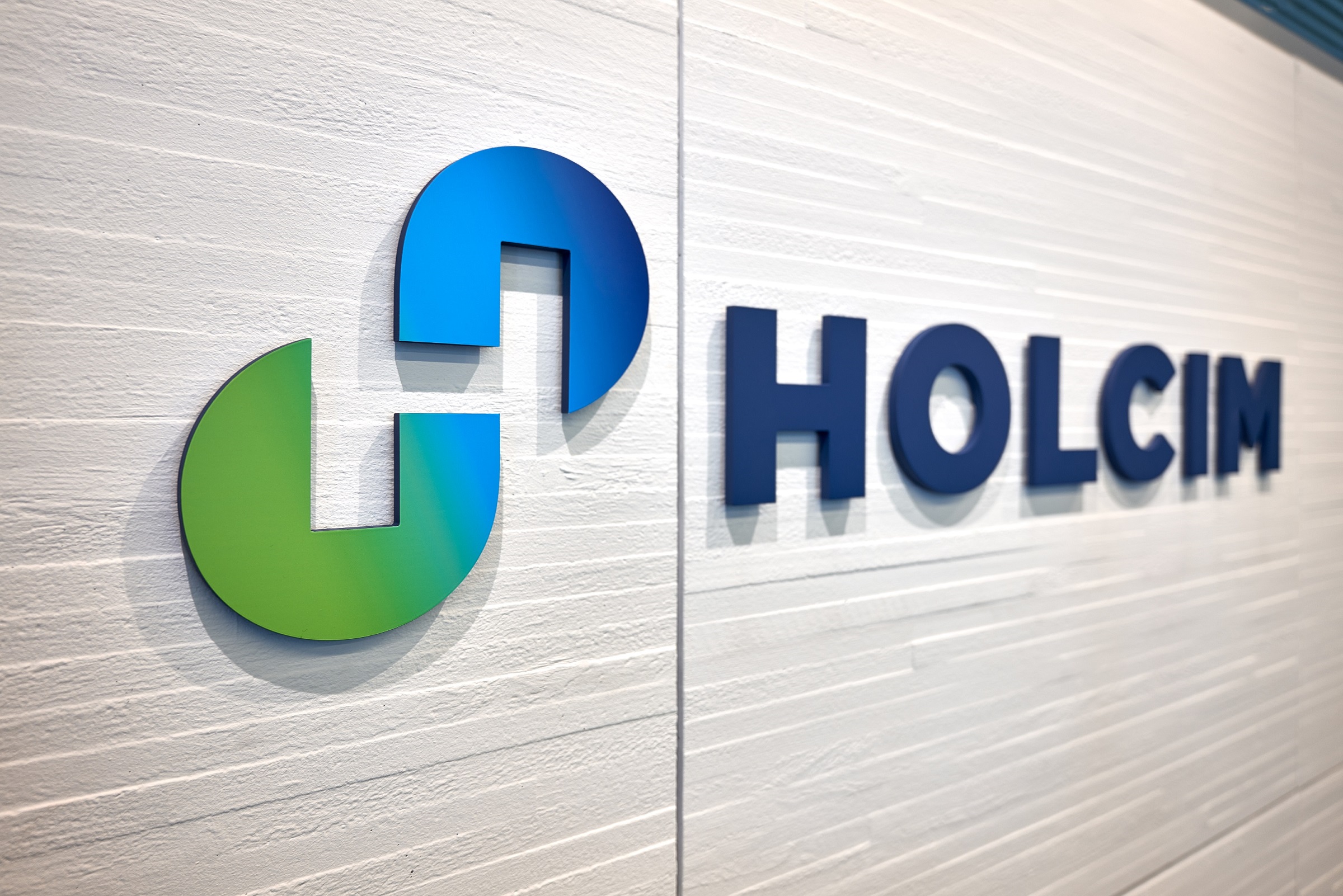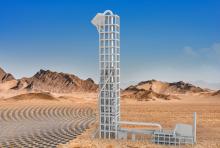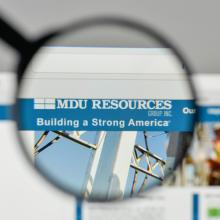
Blue Planet's technology permanently locks up to 440 kilograms of CO2 into every ton of synthetic aggregate it produces, opening the pathway to carbon-negative concrete.
The investment adds to Holcim's portfolio of over 30 carbon capture, utilisation and storage projects worldwide.
Toufic Tabbara, Holcim Region Head North America, said: "I'm excited to add Blue Planet's permanent carbon capture solution to the growing range of next-generation technologies that can accelerate our net-zero journey beyond 2030. Blue Planet's unique solution has the potential to be deployed at large scale across our cement, aggregate and concrete operations to enable carbon-negative concrete, paving the way for net-zero building."
Brent R. Constantz, CEO at Blue Planet, said: "Our technology can have a huge impact on lowering the embodied carbon in concrete. Collaborating with Holcim enables us to apply our carbon mineralisation technology to large-scale operations where we expect it will more squarely address CO2 emissions."
Blue Planet's patented mineralisation technology is one of the scalable methods for capturing and permanently sequestering millions of tons of CO2. The process can use diluted CO2 from any source, at any concentration, and turn it into valuable building materials to enable carbon capture at a profit. Each ton of Blue Planet's aggregate permanently mineralises 440kg of CO2, preventing it from ever leaking or accumulating in the atmosphere. Blue Planet's process mimics the earth's natural process of creating carbonate rocks. By combining CO2 with calcium sourced from waste, it manufactures synthetic limestone aggregate with sequestered CO2 that does not need to be purified or liquified, thus making it more cost-effective than other approaches.
The two companies will now begin a multi-year strategic collaboration to identify how and where the mineralisation technology can be applied across Holcim's operations. The collaboration will begin in North America, with the potential to expand to other Holcim facilities around the world.
Carbon capture technologies play an essential role in combating climate change and delivering on the company's net-zero journey beyond 2030. Other projects include the recycling of CO2 from Holcim plants into a greenhouse gas for farming, as a source of methanol for aviation fuel, and as low-emission raw materials for the company's green cement. Beyond carbon capture, Holcim also works with a range of partners, from start-ups to academic institutions, to accelerate the transition to renewable energy.









